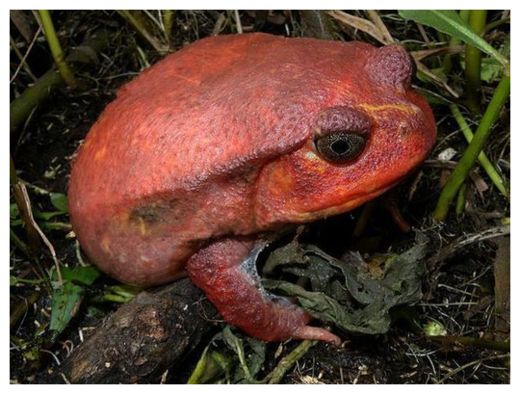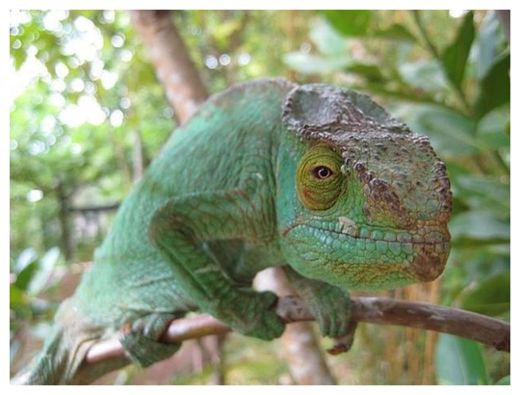
South Africa's National Society for the Prevention of Cruelty to Animals (NSPCA) was called to the O. R. Tambo International Airport in Johannesburg on Friday, Jan. 29. Inspectors, doing a routine cargo inspection had noticed a "bad smell," and found two crates containing 1,600 reptiles and amphibians, most of them endangered, and not all of them alive.
According to the Convention on the International Trade in Endangered Species (Cites), many of the animals were either endangered, threatened or vulnerable. These included a number of chameleons, lizards, geckos, toads and 30 species of frogs. The animals were supposed to be on the Cites appendix II protocol, meaning they could be traded with a special permit.
At least one-fourth, or 400 of the animals were dead, and many more were packed into containers so tightly they could not move or turn around. The animals were in two crates, about half a meter in size, stacked on top of one another. The geckos were tied in small muslin bags, and the other animals were jammed into small plastic tubs.
There was no evidence that water had been provided, and severe dehydration was the probable cause of death for most of them. The surviving animals were taken to a local zoo and were being treated for dehydration. according to the NSPCA.
"A substantial number have stabilised, eating and drinking, there are about over 1,200 that have survived - others with irreparable damage," the zoo's veterinarian Brett Gardener told the BBC.
It was discovered that the animals had been without food or water for five days, and were probably destined for the United States and its flourishing exotic pet market. While one news source said there was authorization for the shipment, animal rights group in Johannesburg and calling for an investigation.

Trafficking in the illegal trade of exotic animals from Madagascar is rampant in Thailand, even though authorities are diligent about trying to curb the trade. Most of the exotic animals in the pet trade go through Thailand on their way to the international market. In a report issued in 2011, Traffic, a wildlife trade monitoring network, conducted a 15-day survey of the exotic pet market in Bangkok.
The survey included 32 vendors. The investigators found 591 specimens of Madagascar reptiles and amphibians available for sale.
The investigators found 233 chameleons representing 16 species for sale in markets, shops and Internet traders' homes, including the Antsingy Leaf Chameleon, a species whose international commercial trade is prohibited under CITES.
Be sure to watch the video with this story. It features an undercover look at the illegal exotic pet trade in a weekend market in Bangkok, Thailand.




I also find it strange that the selling of pelts and garments made from exotic animals are allowed to be sold on a US military base. Not only have the people been subjugated and exploited, the same applies to these beautiful animals. Comments related to the video presentation.